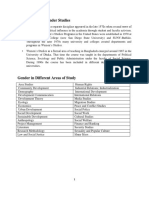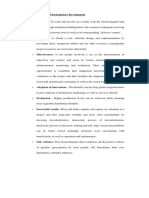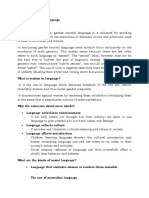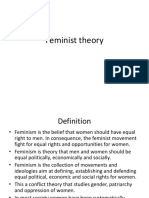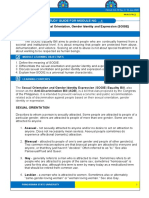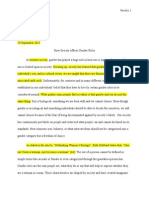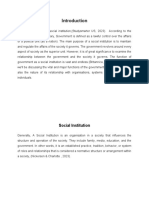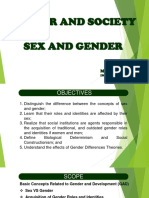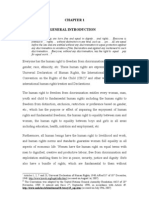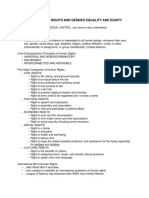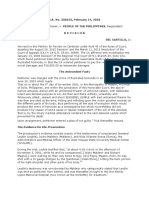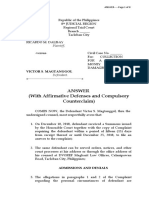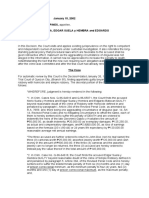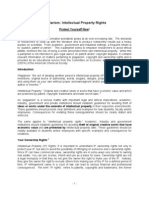100% found this document useful (1 vote)
1K views15 pagesHuman Rights and Gender Equality and Equity
This module discusses human rights, gender equality, and equity. It explains that human rights are universal, inalienable, and indivisible principles that protect basic freedoms for all people. While sex refers to biological differences, gender involves social and cultural roles and stereotypes assigned to each sex. The module promotes awareness of human rights and the importance of gender equality and equity to ensure fairness and equal opportunities regardless of gender.
Uploaded by
john_mateoCopyright
© © All Rights Reserved
We take content rights seriously. If you suspect this is your content, claim it here.
Available Formats
Download as PPTX, PDF, TXT or read online on Scribd
100% found this document useful (1 vote)
1K views15 pagesHuman Rights and Gender Equality and Equity
This module discusses human rights, gender equality, and equity. It explains that human rights are universal, inalienable, and indivisible principles that protect basic freedoms for all people. While sex refers to biological differences, gender involves social and cultural roles and stereotypes assigned to each sex. The module promotes awareness of human rights and the importance of gender equality and equity to ensure fairness and equal opportunities regardless of gender.
Uploaded by
john_mateoCopyright
© © All Rights Reserved
We take content rights seriously. If you suspect this is your content, claim it here.
Available Formats
Download as PPTX, PDF, TXT or read online on Scribd
/ 15




